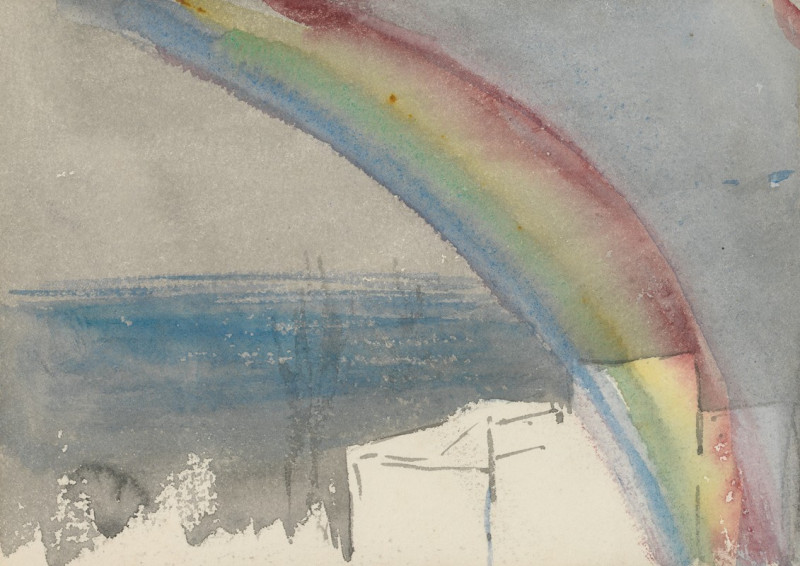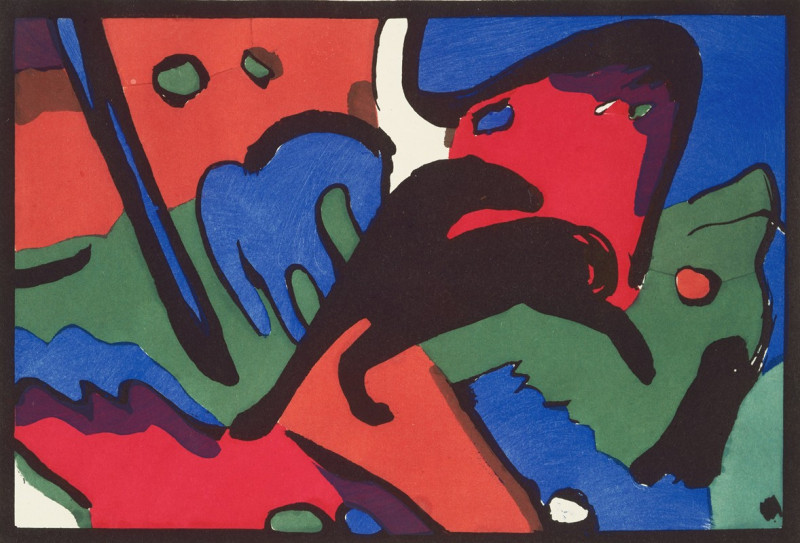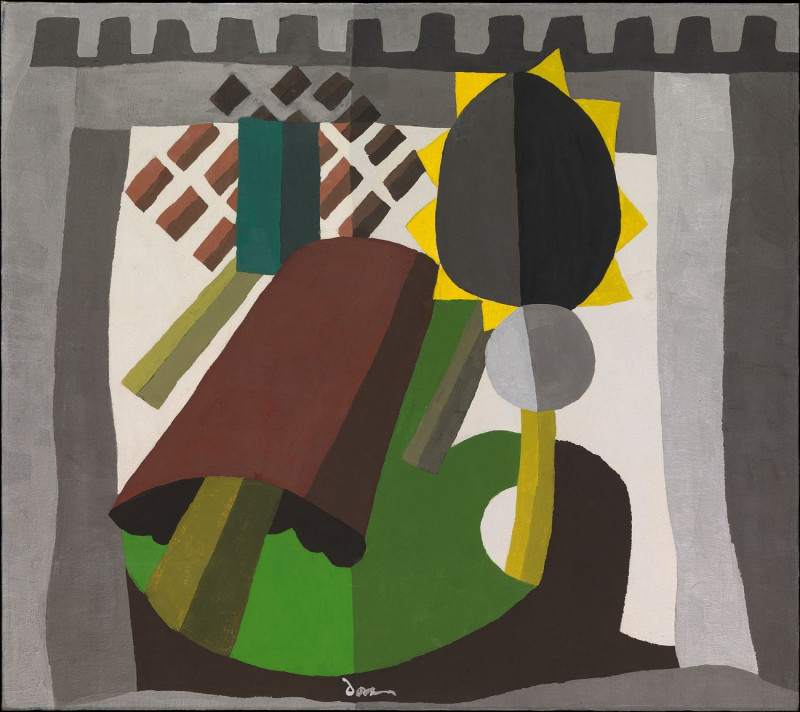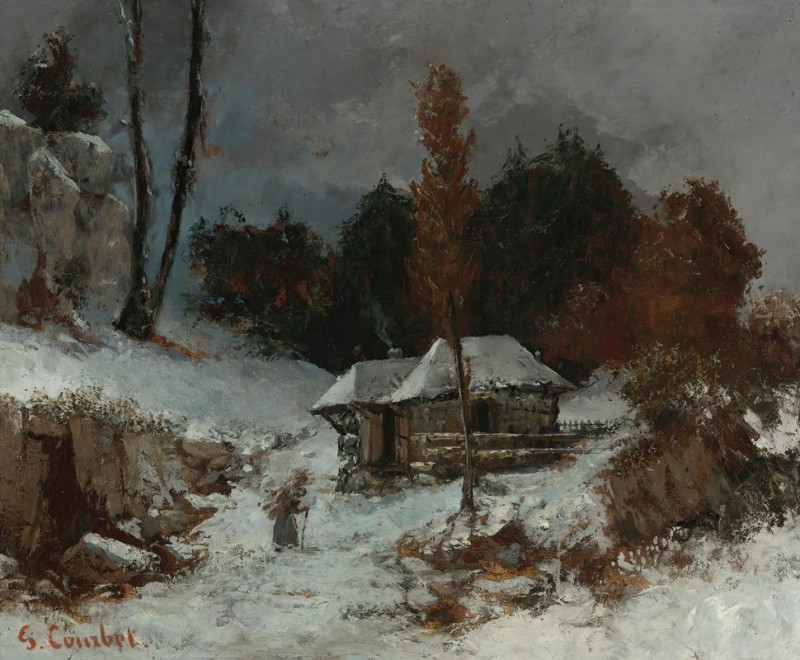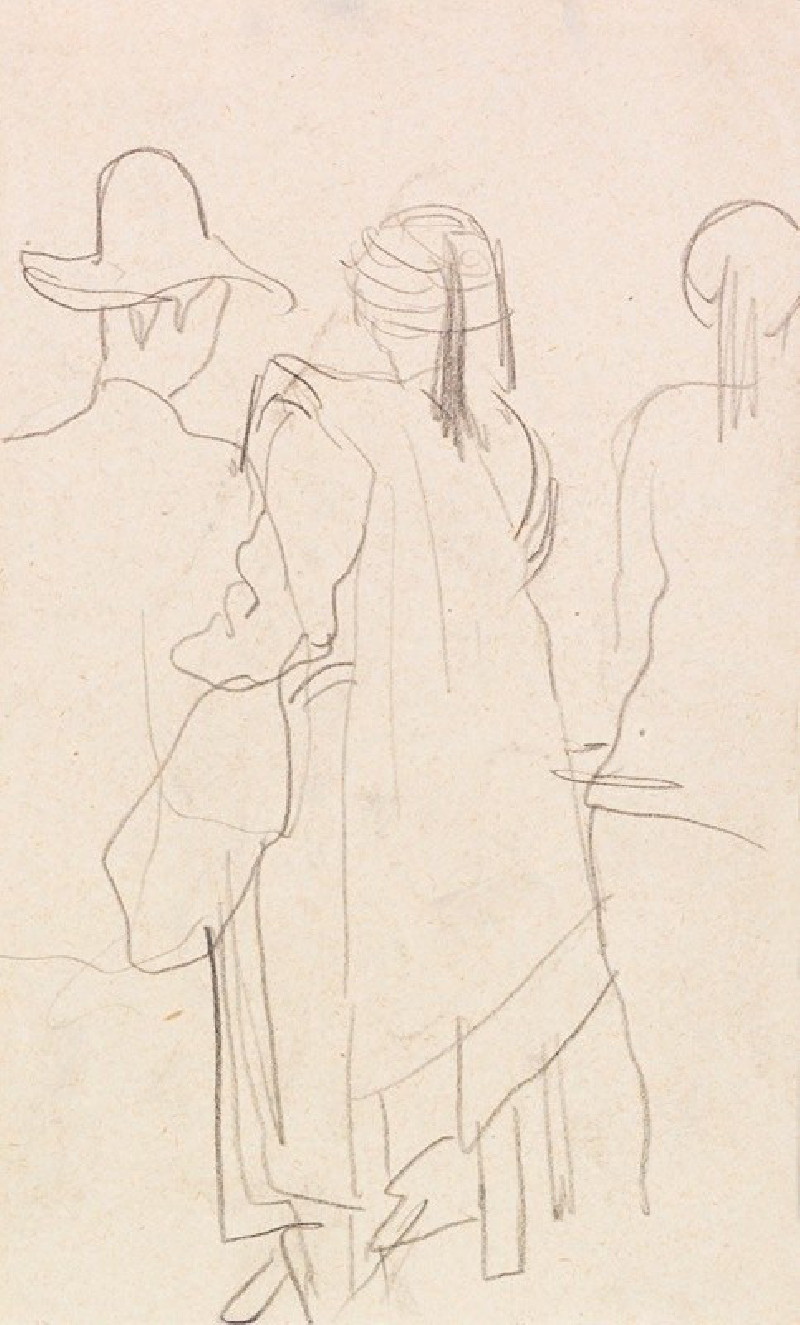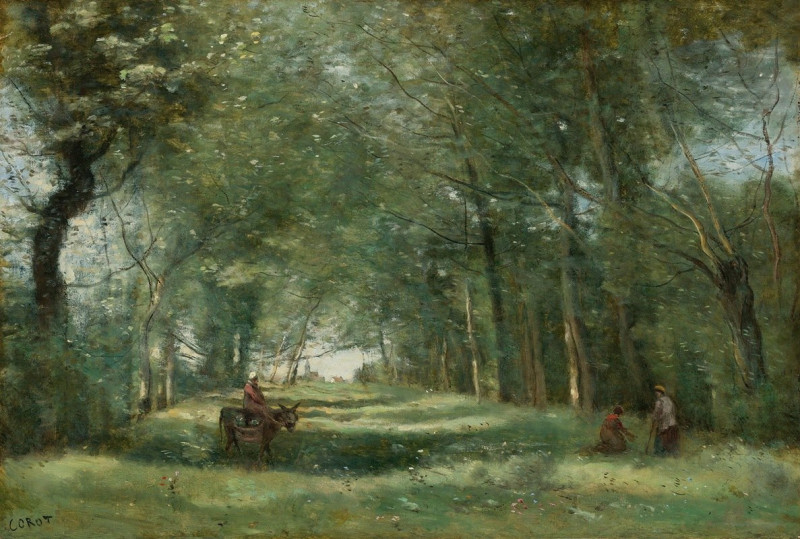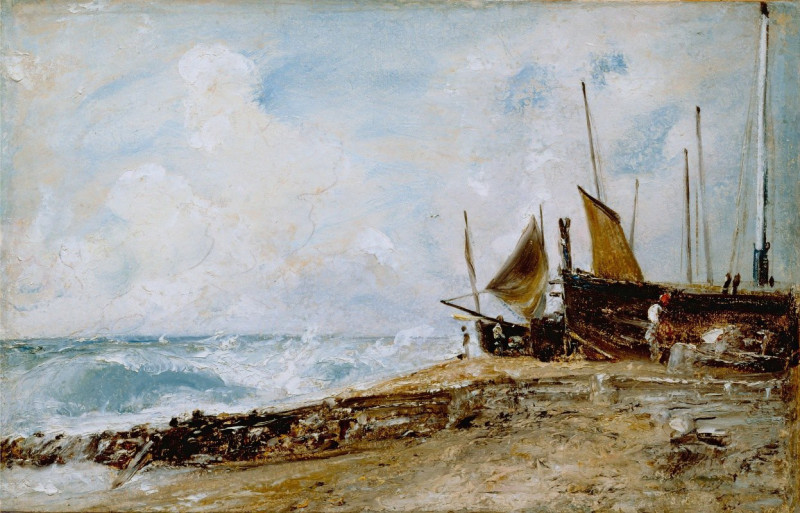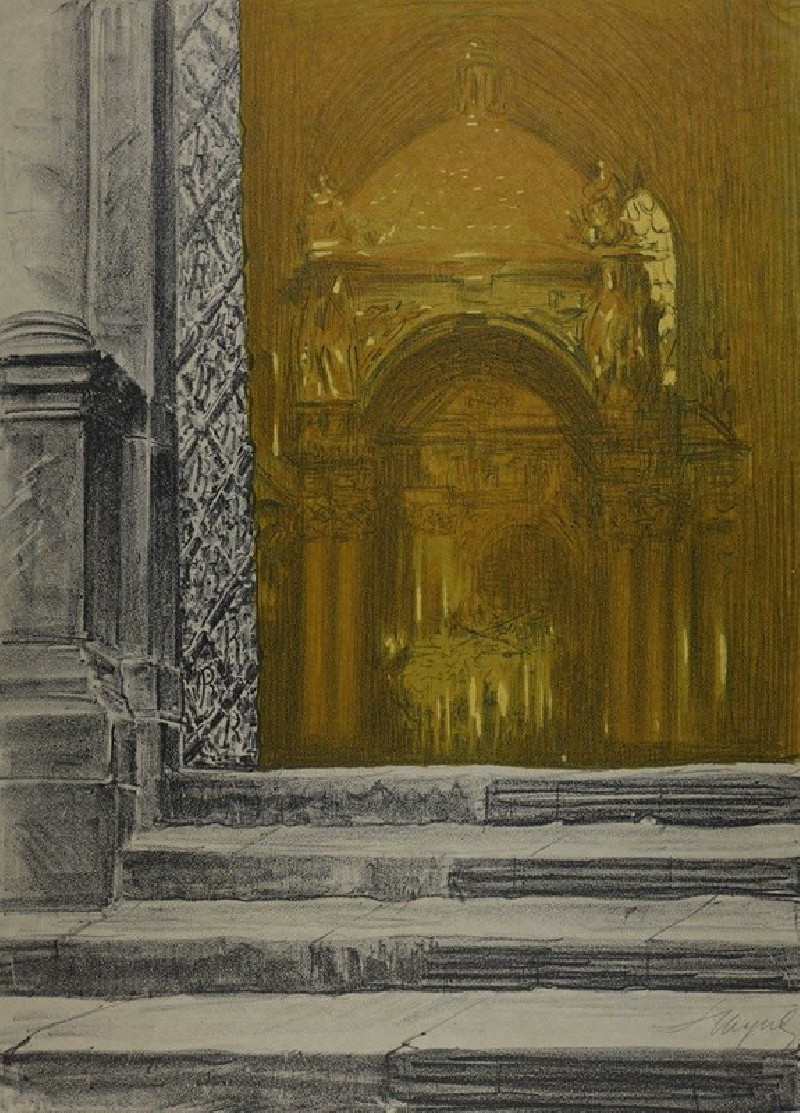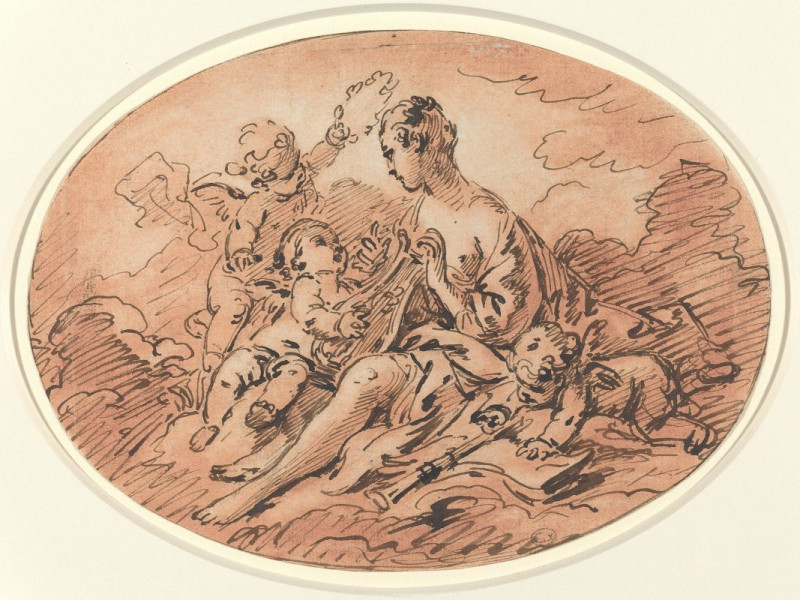Sandbagger an der Elbe (1908)
Technique: Giclée quality print
Recommended by our customers
More about this artwork
Ernst Ludwig Kirchner's evocative etching "Sandbagger an der Elbe," crafted in 1908, offers a vivid glimpse into the harsh yet dynamic lives of laborers along the Elbe River. This piece is imbued with a raw, expressive energy that is characteristic of Kirchner's work and the Die Brücke group, which he co-founded. The composition captures a riverside scene dominated by a large, darkened structure, possibly a storage building for the bags of sand.The foreground is marked by undulating lines that suggest the movement of sand, along with tools and scattered debris, indicating the strenuous activity of sandbagging. The background shows faint outlines of distant structures, perhaps other industrial elements or buildings relating to the river's commerce. The striking contrast between the dark, almost silhouetted building and the delicately sketched background emphasizes the grit and physicality of the workers' environment.This stark portrayal not only reflects the artistic ethos of embracing a more visceral and immediate form of expression but also serves as a social commentary, highlighting the labor-intensive industries that powered early 20th-century economies.
Delivery
Returns
Ernst Ludwig Kirchner (1880–1938) was one of the most important German Expressionist painters. He was a co-founder of Die Brücke, a group of German expressionist artists formed in Dresden in 1905. Die Brücke and Kirchner took inspiration from Vincent Van Gogh and Edvard Munch, as well as African and Oceanic art. They used woodblock printing as a medium to showcase their signature style: flat, unrealistic images with vivid colors. The recurring themes in Kirchner's artworks included exotic cultures, faraway landscapes, self-portraits, dancers and Berlin street life. His paintings and prints effectively portrayed non-European cultures despite the fact that he never traveled outside of Europe.
































